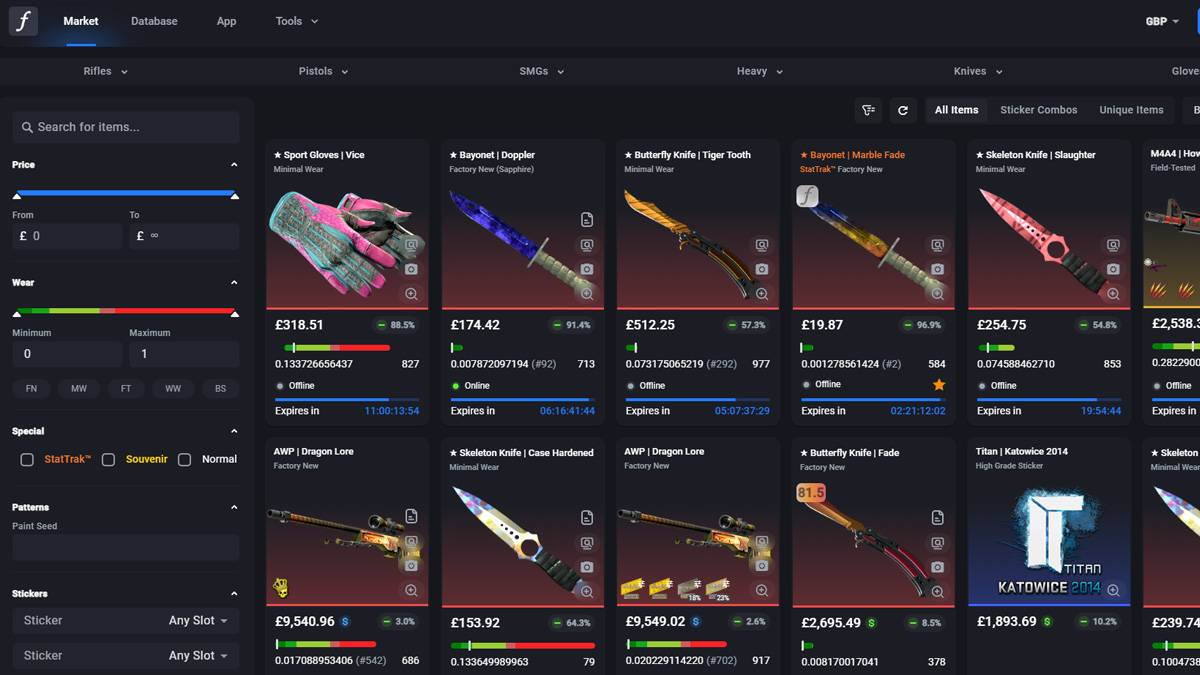Hookup Check: Your Ultimate Dating Resource
Explore insights, tips, and advice for modern relationships and hookups.
The Hidden Value of Player Skins: A Deep Dive into Digital Fashion
Discover the untold worth of player skins in gaming: explore how digital fashion impacts identity, social status, and the virtual economy!
Unlocking the Economy: How Player Skins Influence Game Value
The virtual economy in gaming has evolved dramatically, with player skins emerging as a significant factor in determining game value. In many popular titles, player skins not only enhance the aesthetics of gameplay but also create a unique economic ecosystem. Players often trade, buy, and sell these digital assets, impacting the overall market. A rare or highly sought-after skin can fetch thousands of dollars, transforming what is essentially a visual customization into a lucrative commodity. This trend highlights how player skins serve not just as decorative enhancements, but as vital elements that drive player engagement and investment, ultimately contributing to the game's perceived value.
Moreover, the influence of player skins extends beyond their market prices. They can shape the community dynamics and player interactions within the game. A well-designed skin can boost a player's social status among peers, fostering a sense of pride and accomplishment. In this context, the value of a game is shaped not only by its gameplay mechanics but also by the cultural significance of its skins. As players aim to unlock rare skins, they are more deeply engaged in the game, driving retention rates and overall game longevity. This interplay between aesthetics and economy illustrates just how crucial player skins are in unlocking a game’s true potential.

Counter-Strike is a highly popular multiplayer first-person shooter game that has captured the attention of gamers around the world. Players can engage in tactical team-based gameplay, where strategy and skill are crucial for success. To enhance the gaming experience, players often seek various in-game advantages, and one way to do that is by using a csgoroll promo code to access exclusive rewards and bonuses.
The Art of Digital Identity: Why Player Skins Matter in Gaming Culture
The concept of digital identity has evolved dramatically in the world of gaming, where player skins serve as a crucial component of this phenomenon. In many games, skins offer players the ability to personalize their avatars, providing a sense of ownership and individuality that enhances the overall gaming experience. Not only do these skins enable players to express their unique personalities, but they also contribute to the aesthetic appeal and immersive qualities of the gaming environment. As gamers delve deeper into their virtual worlds, the significance of a well-crafted skin becomes increasingly apparent, as it often reflects a player's status and accomplishments within the gaming community.
Furthermore, player skins have transformed into a lucrative aspect of gaming culture, intertwining with trends in digital commerce and microtransactions. The rarity and desirability of certain skins can drive market prices to astonishing heights, leading to a thriving economy built around virtual items. This phenomenon exemplifies the intersection of art, identity, and commerce, where the value of a digital skin can be seen as not just a fashion statement, but also a symbol of a player's dedication and achievement. Understanding this landscape is essential for gamers and developers alike, as it shapes the ongoing narrative of digital identity in gaming.
Are Player Skins the Future of Fashion? Exploring Trends in Digital Aesthetics
In the ever-evolving landscape of digital culture, player skins are emerging as a significant force reshaping the realm of fashion. With the rise of gaming and virtual reality, players are not just engaging in gameplay but are also able to express their identity through customizable avatars. This trend highlights a broader movement towards embracing digital aesthetics as a valid form of self-expression. As more individuals invest in unique player skins, we’re witnessing a fusion of gaming and style that blurs the lines between conventional fashion and virtual identity.
Furthermore, the influence of player skins extends beyond personal expression; it reflects a growing societal acceptance of digital identities as integral to our culture. The popularity of skin marketplaces and collaborations with renowned fashion brands demonstrate a shift in how we perceive virtual fashion. As digital worlds become increasingly immersive, the question looms: are player skins the future of fashion? With the potential for augmented and virtual reality to redefine our shopping experiences, digital aesthetics may very well dictate the trends of tomorrow, transforming not only how we dress but also how we view personal identity.